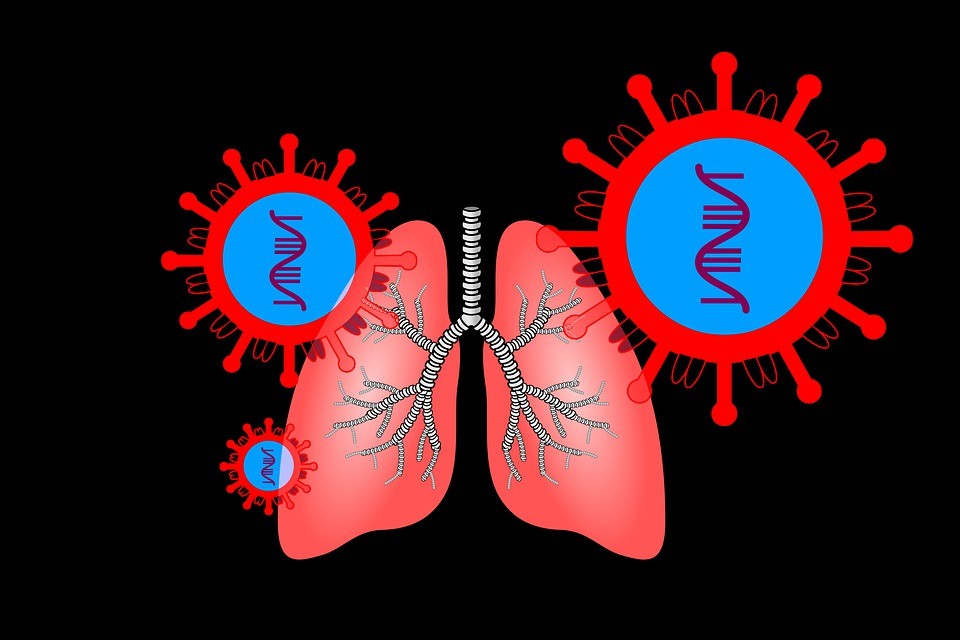A British study recently showed that the genome of the SARS-CoV-2 coronavirus is present in the lungs of deceased patients. During the autopsies they performed, the researchers revealed abnormalities in the cells of the pulmonary system.
In some cases, patients show symptoms several months after being infected by SARS-CoV-2. We then speak of long forms of the disease which can, for example, be characterized by neurological or cognitive disorders, sensory disorders as well as cardiological disorders and/or dyspnoea (breathing problems). Let's also mention persistent chronic fatigue or muscle and joint pain.
But how to explain these long forms? Some assumptions have been made, but a King's College study published on November 4, 2020 provides further clarification. The researchers analyzed the organs of 41 patients who lost their lives to the coronavirus between February and April 2020. They took liver, heart, lung and kidney samples to observe the behavior of the virus . Based on the results obtained, they concluded that the patients experience a profound disturbance normal lung structure. There is also talk of a transformation of respiratory tissue into fibrous tissue.

Scientists in the study indicate that 90% of patients exhibited two features unique to the coronavirus compared to other forms of pneumonia. The first is thrombosis, i.e. significant blood clotting within the pulmonary arteries and veins. Let us also mention the abnormally large size of certain lung cells. The latter had many nuclei, indicating a fusion of different cells into single large cells. At the origin of this phenomenon, we find the spike protein that the virus uses to enter cells.
The study also demonstrated long-term persistence of the viral genome in the respiratory cells, the cells of the blood vessels and those resulting from the cell fusion described above. Thus, the presence of these infected cells can cause major structural changes in the lungs. These can stay for several weeks or months and therefore, cause a long form of Covid-19. The study, however, found no other signs of viral infection or prolonged inflammation in other organs.
In any case, this research represents real progress . Indeed, the disease does not appear to be caused solely by the death of virus-infected cells. It could therefore be that the persistence of abnormal cells for long periods inside the lungs is part of the cause. Scientists are continuing their research and are currently testing the effect of these abnormal cells on blood clotting and inflammation. The goal? Discover a drug that can block the viral spike protein that causes cell fusion.